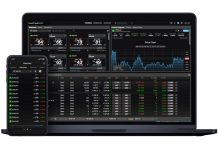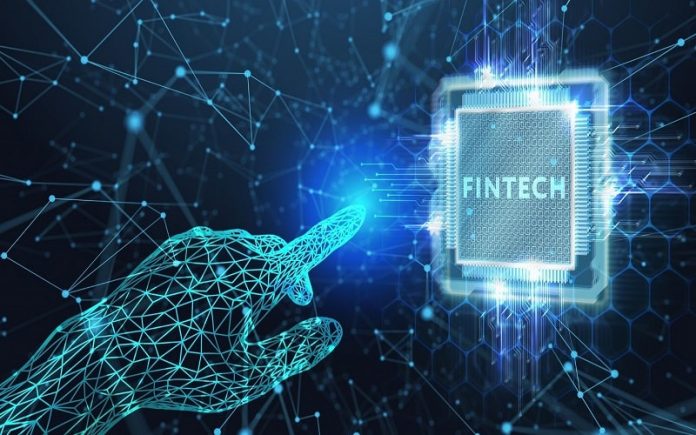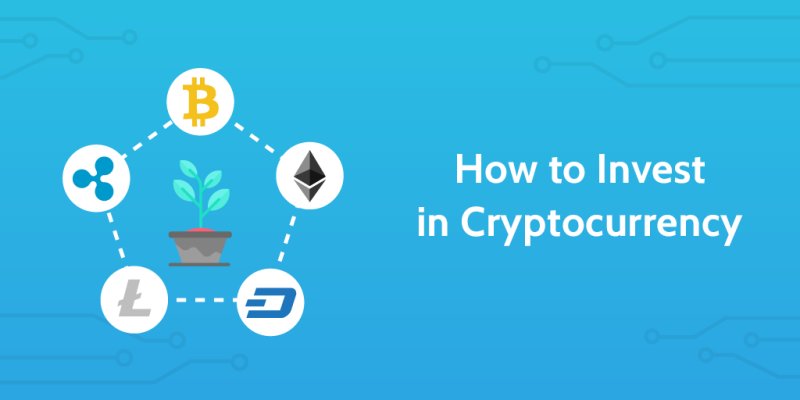Recently, we had an opportunity to read the white paper by Money 20/20 called ‘The Building Blocks of Fintech 2.0’. We have been presented in it with a rather inventive approach towards the effect of the pandemic on the world of finance. According to the authors, the Covid-19 pandemic redefines all the layers of the financial ecosystem, and FinTech is no different. The huge crash caused by the virus was supposed to end the ‘Fintech 1.0’ era, and a different set of priorities introduced us to the ‘Fintech 2.0’ times. So, what should we expect to happen if the Money 20/20 predictions are correct?
With the world reopening from Covid-19 lockdowns, Money 20/20 claims that the current stunted growth of the economies will be replaced by vast and aggressive growth. Growth initiatives and roadmaps will be more than needed to ensure that companies come out of the pandemic stronger and wiser. All this all is despite some other factors that may be influencing the markets in the nearest future.
The technologies such as Cloud solutions or 5G will also enhance the newly adapted infrastructures. And with the immense quantities of data, that will now be used for volatility and competitive advantage, the information will indeed become ‘financial’. FinTech service providers have already noticed how their solutions must become hyper-personalized because the companies are now putting more effort than ever into making sure that their services, products, and infrastructure are suited well to the wide range of customers with different experiences.
The quoted white paper proposed by Money 20/20 actually suggests that financial services are digitally native and will actually make the whole FinTech branch more economy connected. It also presents five foundations (or building blocks) which they think will become the bedrock for FinTech in the future.
CBDCs and Assets
Digitalization has obviously entered the world of finance, and it seems like there is no going back. The traditional institutions have been looking with more curiosity at the cryptocurrencies, and the central banks have even started the race to establishing the first, fully working, and operating CBDC (Central Bank Digital Currency). Money 20/20 predicts that this is a matter of time, and within only three years, we will see the five largest economies of the world introduce them to their markets.
The most likely scenario is that they will develop the achievements of previous cryptocurrencies, such as the Ethereum project example. These CBDC will be actually using technologies found in blockchain and will have the form of tokens. The only difference will be that they will be 100% backed by the central banks, and thus will be reflecting the conventional currencies.
In other markets, that will not manage to introduce the CBDCs relatively soon, we may witness the introduction of crypto, such as Bitcoin. We have seen this in El Salvador, as their government decided to use it as a form of reserve currency.
Of course, a lot of people are genuinely concerned that the introduction of CBDCs will affect the sovereignty of the country and raise some security concerns. There is a risk that some expansionist states may try to force their currency in other countries, which would grant them more control over the world’s markets.
But despite that, there is no stopping the CBDCs. China has been testing its digital Yuan for some time now and is currently implementing it in a wider range of municipalities. England has recently announced a special Taskforce that is responsible for developing ‘Britcoin’ on behalf of the Bank of England. Other world’s powers have also focused on developing the digital currency, but we are still yet to find out who will succeed first.
The other building blocks that Money 20/20 mentions for the Fintech 2.0, are:
- Banking Tech Stacks
- Commerce Experiences
- Data
- Ecosystem
To find out more about each of these, we recommend you visit Harry Clynch’s Disruption Banking piece, where he presents detailed stories about Money 20/20’s white paper and describes each and every building block they present: https://disruptionbanking.com/2021/06/24/drivers-of-fintech-2-0/.







































